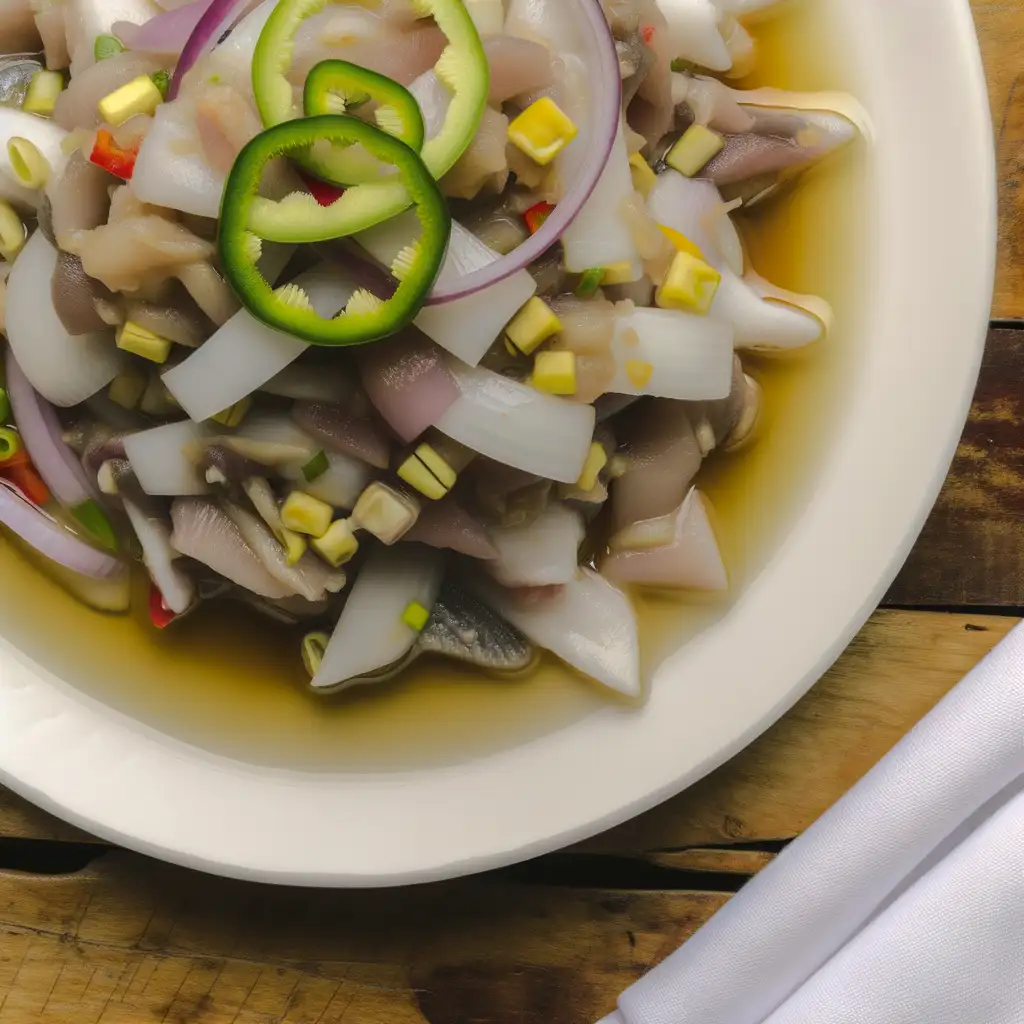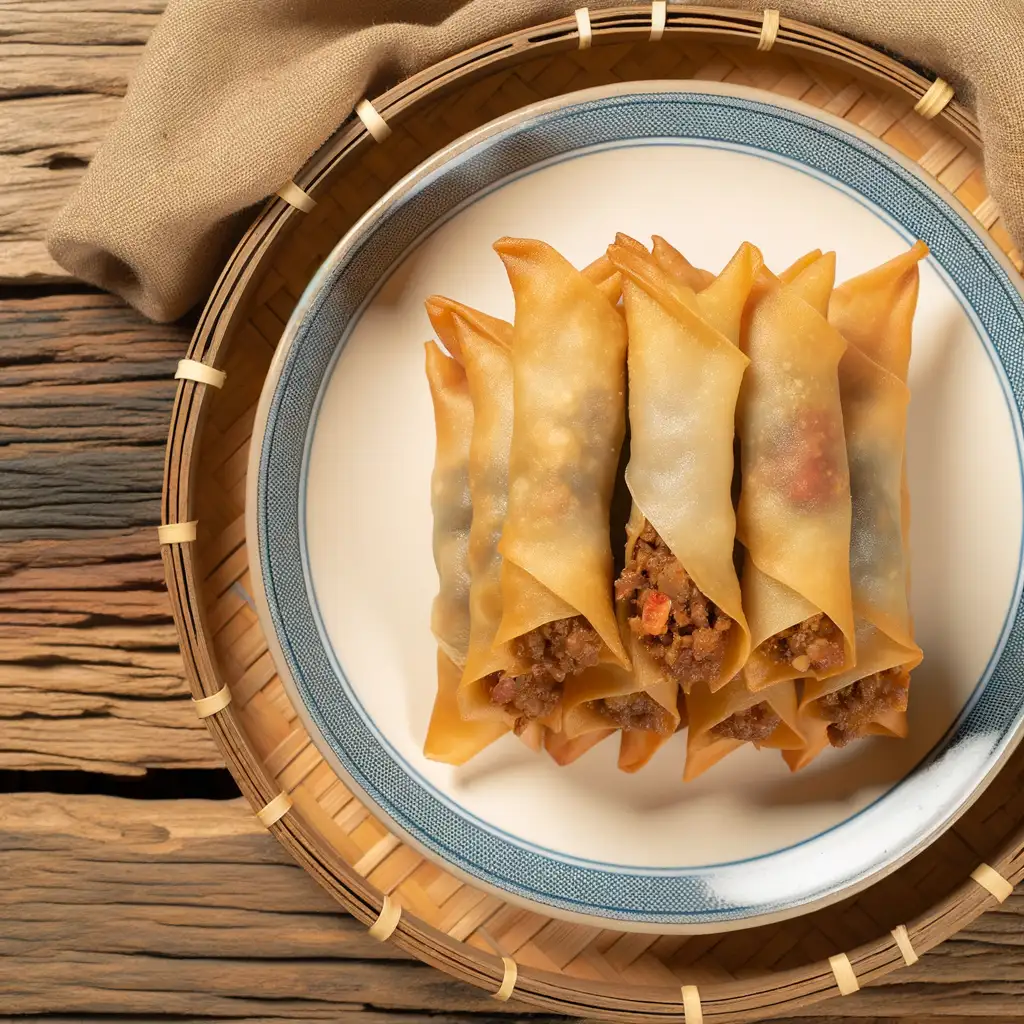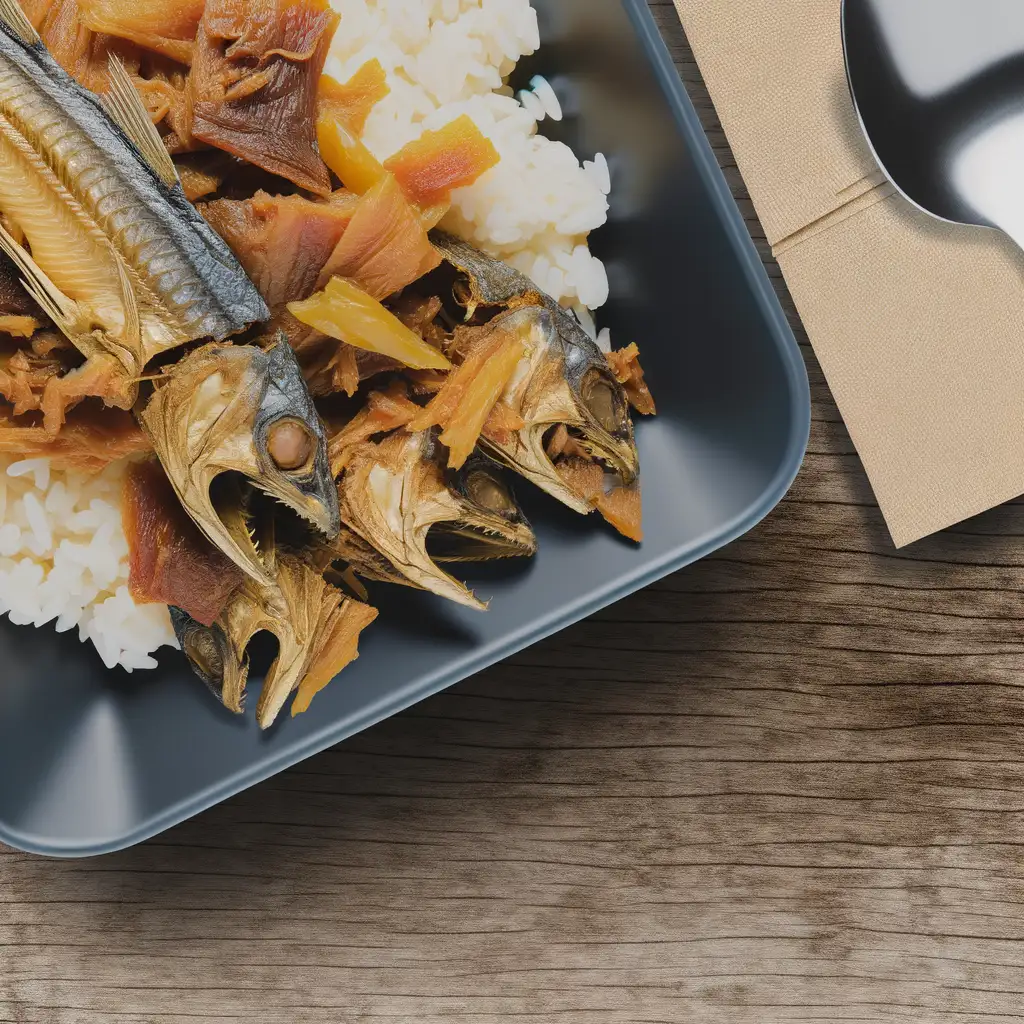


Cebu Island has this incredible energy that feels both vibrant and laid-back at the same time. When you step off the plane,you’re greeted by the warm tropical air mixed with the faint scent of salty ocean breeze and sizzling street food. The city hums with life—jeepneys clatter through busy streets,vendors call out their fresh mangoes and grilled seafood,and the chatter of locals blends with the distant sound of waves crashing nearby. It’s a place where tradition and modernity dance together effortlessly. What really makes Cebu special is its rich tapestry of culture and history. You can wander through centuries-old Spanish churches,then hop over to bustling markets where colorful fabrics and handmade crafts spill out onto the sidewalks. The people here are incredibly welcoming,always ready with a smile or a story about their island. And the food? Oh,you have to try the lechon—crispy,flavorful roast pig that locals swear by. Pair it with a cold San Miguel beer,and you’re tasting a slice of Cebu’s soul. Beyond the city’s pulse,the island’s natural beauty is breathtaking. Imagine turquoise waters lapping against powdery white beaches,or hiking up to hidden waterfalls where the air is cool and fresh. Whether you’re diving into vibrant coral reefs or simply watching the sunset paint the sky in fiery hues,Cebu leaves you feeling alive and connected. It’s a place that invites you to slow down,explore,and savor every moment.
The information on this page is currently being reviewed by Tripkliq and should be used as a guide only
Eng word: Hello
Eng pronunciation: Hello
Local language: Hello
Eng word: Goodbye
Eng pronunciation: Pah-ah-lahm
Local language: Paalam
Eng word: Thank you
Eng pronunciation: Sah-lah-maht
Local language: Salamat
Eng word: How much
Eng pronunciation: Tag-pee-lah
Local language: Tagpila
Eng word: Toilet
Eng pronunciation: Kah-sil-yas
Local language: Kasilyas
Eng word: Help me
Eng pronunciation: Tah-bahng-ee koh
Local language: Tabangi ko
Eng word: Yes
Eng pronunciation: Oh-oh
Local language: Oo
Eng word: No
Eng pronunciation: Dee-lee
Local language: Dili
Eng word: Excuse me
Eng pronunciation: Pah-sigh-loh-ah koh
Local language: Pasayloa ko
Cebu Island is known as the site of the first Spanish settlement in the Philippines. In 1565, Spanish explorer Miguel López de Legazpi established a colony in Cebu, marking the beginning of Spanish influence in the archipelago.
One of Cebu's most iconic landmarks, Magellan's Cross, was planted by Portuguese explorer Ferdinand Magellan in 1521. It symbolizes the introduction of Christianity to the Philippines.
The Basilica Minore del Santo Niño, founded in 1565, is the oldest Roman Catholic church in the Philippines. It houses the revered Santo Niño de Cebu, a statue of the Child Jesus given by Magellan to Queen Juana of Cebu.
Fort San Pedro, built in 1565, is the oldest and smallest triangular bastion fort in the Philippines. It served as a military defense structure during the Spanish colonial period.
Cebu is often referred to as the 'Queen City of the South' due to its significant role in trade, commerce, and industry in the southern Philippines. It has been a major economic hub since the Spanish era.
The Sinulog Festival, held every January in Cebu City, is one of the Philippines' most famous and vibrant festivals. It celebrates the Santo Niño and features a grand parade with colorful costumes and traditional dances.
Colon Street in Cebu City is the oldest street in the Philippines. It was built by the Spaniards during the time of Miguel López de Legazpi and remains a bustling commercial area today.
During the Spanish colonial period, Cebu played a crucial role in the Manila-Acapulco Galleon Trade. It served as a key stopover point for galleons traveling between the Philippines and Mexico.
The Battle of Mactan, fought on April 27,1521, is a significant historical event where local chieftain Lapu-Lapu and his warriors defeated Ferdinand Magellan. This battle is celebrated annually in Cebu.
In Cebu Island, the most common Power Adaptor is Type A, Type B.



A whole roasted pig, known for its crispy skin and tender meat, often served during special occasions and celebrations.

A Filipino ceviche made from fresh raw fish marinated in vinegar and citrus juices, mixed with onions, ginger, and chili.

A combination of three cooking methods:'sugba' (grilled),'tuwa' (soup), and 'kilaw' (ceviche), typically featuring fresh seafood.

Rice wrapped in woven coconut leaves, often served as a side dish with grilled meats and seafood.

Crispy spring rolls filled with a mixture of ground pork, vegetables, and spices, commonly served as an appetizer.

Dried fish, often served with rice and vinegar, popular for its strong flavor and as a staple in local diets.

A no-bake dessert made with layers of ripe mangoes, cream, and graham crackers, perfect for the tropical climate.

A savory omelet made with eggs, ground meat, and vegetables, often enjoyed as a breakfast dish.
Manila is this vibrant,bustling heart of the Philippines that grabs you the moment you step off the plane. There’s an energy here that’s both chaotic and warm,like the city is alive and breathing with stories waiting to be discovered. Walking through its streets,you’ll catch the scent of sizzling street food mingling with the salty breeze from Manila Bay. The soundscape is a lively mix of jeepneys honking,street vendors calling out their wares,and the occasional laughter spilling from a nearby sari-sari store.
What makes Manila truly special is its rich tapestry of history and culture woven into everyday life. You can wander through Intramuros,the old walled city,and feel the echoes of Spanish colonial days in the cobblestone streets and centuries-old churches. Then,just a few blocks away,modern skyscrapers rise,showcasing the city’s dynamic spirit. The people here are incredibly warm and welcoming,always ready to share a story or recommend their favorite spot for halo-halo,a sweet,icy treat that’s perfect for cooling down in the tropical heat.
Manila’s charm lies in its contrasts—the old and new,the quiet moments in hidden courtyards and the lively buzz of night markets. It’s a place where you can savor rich Filipino flavors,dive into vibrant festivals,and feel the pulse of a city that’s constantly evolving but never loses its heart. If you want a trip that’s full of life,color,and genuine warmth,Manila’s waiting with open arms.
If you ever find yourself craving a place where nature’s calm meets a laid-back island spirit,Puerto Princesa is where you want to be. The moment you step off the plane,there’s this warm,salty breeze that wraps around you,carrying the faint scent of the sea and tropical blooms. It’s a city that doesn’t rush — people move with a gentle rhythm,and the streets hum softly with the chatter of locals and the occasional strum of a guitar from a nearby café. It feels like a breath of fresh air,both literally and figuratively.
What really makes Puerto Princesa stand out is its deep connection to nature. The famous Underground River is just the beginning — lush mangroves,crystal-clear waters,and vibrant coral reefs surround the city,inviting you to explore. You can hear the calls of exotic birds in the morning and watch fishermen bring in their catch as the sun dips low,painting the sky in shades of pink and orange. The food scene here is a delightful surprise too — fresh seafood grilled right on the beach,sweet tropical fruits bursting with flavor,and local dishes that tell stories of the sea and the land.
But beyond the sights and tastes,it’s the people who make Puerto Princesa unforgettable. Their warmth and genuine smiles make you feel like you’re not just visiting,but truly welcomed. Whether you’re wandering through the bustling market or sharing a laugh with a vendor,there’s a sense of community that lingers long after you leave. It’s a place that invites you to slow down,soak in the simple joys,and leave with a heart full of stories.
If you ever find yourself craving a place where vibrant city life meets the gentle embrace of nature,Davao City is where you want to be. The moment you step off the plane,there’s this warm,welcoming energy that wraps around you—like the city itself is inviting you to slow down and savor every moment. The air carries a subtle mix of tropical blooms and the faint,salty hint of the nearby sea,while the streets buzz with a friendly hum of jeepneys and chatter in a melody of languages.
Walking through Davao,you’ll notice how the city wears its culture proudly. From the colorful street markets where vendors call out their fresh fruits and local delicacies,to the intricate weaves and crafts that tell stories of indigenous tribes,there’s a deep respect for heritage here. And the food? Oh,the food! Imagine biting into a juicy durian (if you’re brave enough),or savoring grilled tuna so fresh it practically melts in your mouth,all while sipping on a sweet,refreshing calamansi juice.
What really sets Davao apart is its balance—towering mountains and lush parks sit just a short drive from bustling urban spots. You can spend your morning hiking up Mount Apo,the Philippines’ highest peak,then wind down with a stroll along the riverwalk as the sun dips low,painting the sky in shades of orange and pink. It’s a city that feels alive but never rushed,where every corner invites you to explore,taste,and connect.
If you ever find yourself craving a place where history hums softly alongside the buzz of everyday life,Iloilo City is where you want to be. The moment you step into its streets,there’s this warm,inviting energy—like the city is gently nudging you to slow down and savor its stories. You’ll notice the colonial-era buildings standing proudly beside modern cafes,their facades telling tales of centuries past. The air carries a subtle mix of salty sea breeze and the sweet aroma of freshly baked pan de sal,making every morning feel like a comforting embrace.
Walking through Iloilo,you’ll hear the lively chatter of locals,the clinking of glasses in cozy eateries,and the distant strum of guitars from street performers. The city’s character shines brightest in its festivals,especially the Dinagyang,where vibrant costumes and rhythmic drums fill the streets with infectious joy. But even on quieter days,the genuine smiles of Ilonggos and their easygoing hospitality make you feel like you’ve found a second home.
And then there’s the food—oh,the food! From the rich,savory batchoy served steaming hot in humble noodle shops to the sweet,creamy taste of fresh mangoes,every bite is a celebration of local flavors. Iloilo isn’t just a place to visit; it’s a place to experience,where every corner invites you to pause,breathe,and fall a little in love with its soul.
If you ever find yourself wandering through the heart of Bohol,Tagbilaran City greets you with a warm,unhurried rhythm that feels like a gentle hug after a long journey. The city hums with life—not the overwhelming buzz of a metropolis,but a lively,welcoming energy where jeepneys rattle by and street vendors call out their fresh fruit and local snacks. As you stroll along the waterfront,the salty breeze carries the faint scent of grilled seafood mingling with tropical flowers,inviting you to slow down and savor the moment.
Tagbilaran’s charm lies in its blend of old and new. You’ll catch glimpses of Spanish-era churches standing proudly beside colorful markets where locals barter over ripe mangoes and sticky rice treats. The city’s pulse is deeply tied to its people—friendly,easygoing,and proud of their heritage. At night,the streets light up with laughter and music spilling from small eateries where you can taste the rich flavors of Boholano cuisine,like the sweet,tender kalamay or freshly caught fish cooked with coconut milk.
What really stays with you is the city’s sense of community and its connection to the sea. Whether you’re watching fishermen haul in their catch at dawn or joining a lively fiesta,Tagbilaran feels like a place where stories are shared over steaming cups of coffee and where every corner invites you to discover a new layer of its soul. It’s not just a stopover—it’s a place that quietly pulls you in and makes you want to stay a little longer.
If you ever find yourself craving a place where adventure hums in the air and warmth radiates from every smile,Cagayan de Oro is where you want to be. The moment you step into this lively city,you’re greeted by a buzz that’s both energizing and inviting—like the city itself is nudging you to explore its stories. The streets pulse with the chatter of locals,the scent of grilled street food mingling with fresh tropical fruits,and the distant roar of the Cagayan River promising thrills just around the corner.
What’s truly captivating about Cagayan de Oro is how it balances its vibrant urban life with nature’s embrace. You can wander through bustling markets where colorful fabrics and handmade crafts spill from stalls,then slip away to the riverbanks where the air cools and the sound of rushing water fills your ears. The city’s spirit is shaped by its people—warm,resilient,and endlessly welcoming—who take pride in their rich culture and traditions,from lively festivals to heartfelt hospitality.
And oh,the food! Imagine biting into a juicy,spicy grilled chicken (lechon manok) or savoring a bowl of hearty local stew,all while the sun dips low,painting the sky in shades of orange and pink. Cagayan de Oro isn’t just a stop on your map; it’s a place that invites you to slow down,dive into its rhythm,and leave with stories you’ll want to tell again and again.
Scammers install skimming devices on ATMs to steal card information and withdraw money from tourists' accounts.
Tourists may be overcharged for drinks or encounter situations where their bill includes items they did not order.
Operators may offer activities like island hopping or water sports but fail to deliver the promised experience after payment.
Some money changers may use deceptive practices, such as giving incorrect exchange rates or shortchanging tourists.
Vendors may sell counterfeit or low-quality souvenirs at high prices, claiming they are authentic local crafts.
Scammers offer fake tour packages or activities, taking payment upfront and disappearing without delivering the service.
Tourists renting motorbikes may be accused of damaging the vehicle upon return, with scammers demanding excessive repair fees.
Taxi drivers may refuse to use the meter and charge tourists inflated rates for short distances.
Crowded areas like markets and public transportation are hotspots for pickpockets targeting tourists' wallets and valuables.
Children or adults may approach tourists claiming to need money for food or medical emergencies, but the money often goes to organized groups exploiting them.
The Philippines has very strict laws regarding illegal drugs. Possession, use, or trafficking of illegal drugs can result in severe penalties, including long prison sentences and even the death penalty. Tourists should avoid any involvement with illegal drugs and be aware that law enforcement is very strict in this regard.
In Cebu City, smoking is regulated under the Clean Air Act and local ordinances. Smoking is prohibited in public places such as schools, hospitals, public transportation, and enclosed public spaces. Designated smoking areas are available in some establishments, but it is important to look for signage indicating where smoking is allowed. Violators can face fines and other penalties.
Vaping is subject to similar regulations as smoking in Cebu City. It is prohibited in public places and enclosed spaces where smoking is banned. Designated vaping areas may be available, but tourists should look for signs or ask local authorities to ensure compliance. Violations can result in fines and other penalties.
What are other people saying about Cebu Island?
Recent Social posts about Cebu Island
There is nothing to show you for now.